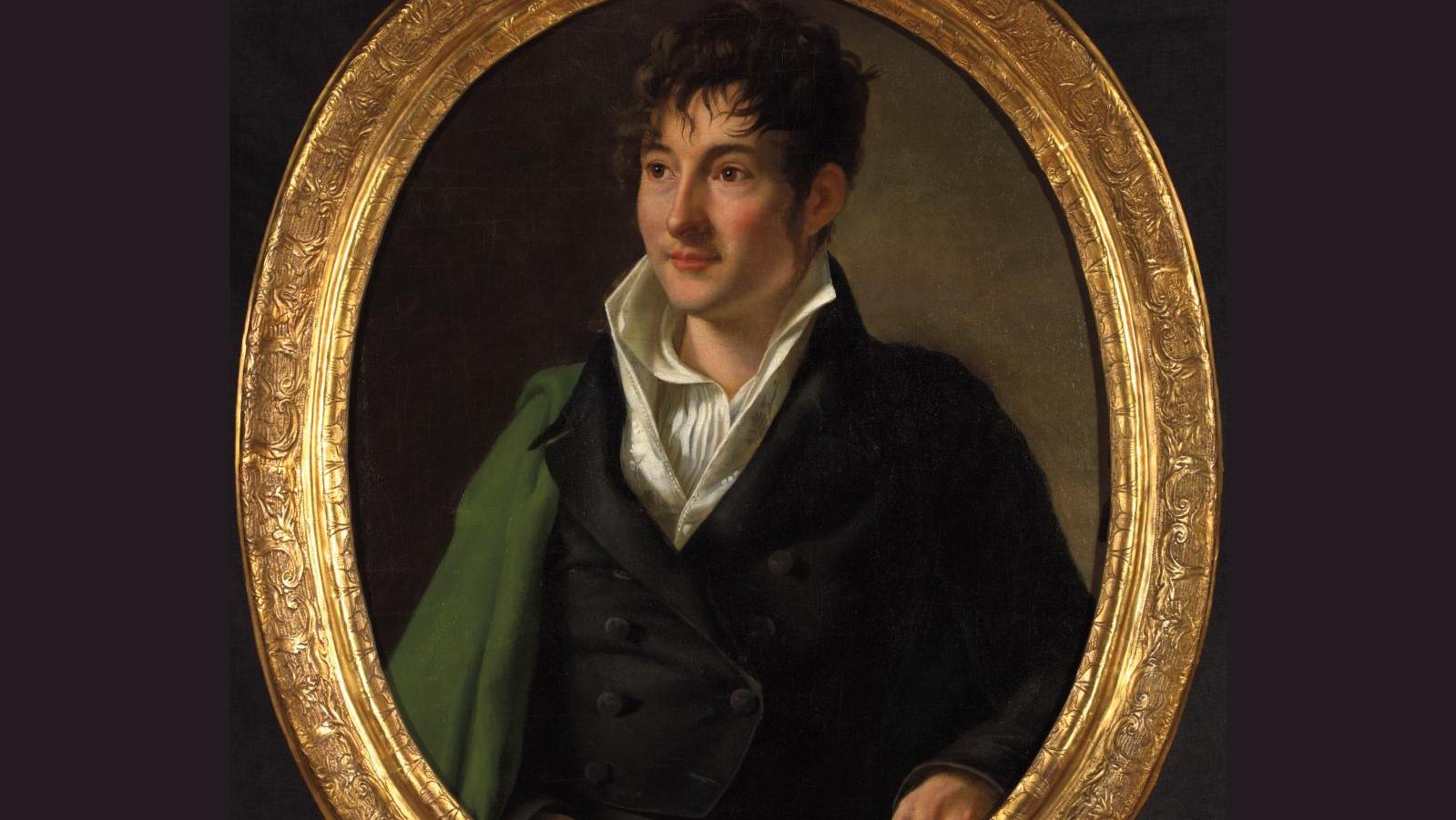The museum of Vif-sur-Isère, housed in the former family home, accurately reproduces the intellectual emulation of two impassioned Egyptologists.
19th century French school, Jacques-Joseph Champollion-Figeac, c. 1800, oil on canvas.
Département of Isère/Musée Champollion
On September 14, 1822, Jean-François Champollion uttered a virtually universal exclamation: "I've got it!". After years of research, the scientist had finally managed to decipher the writing of the ancient Egyptians. And on the 27th of that month, he revealed his discovery to the Académie des Inscriptions et Belles-lettres. History was made, and Champollion’s name is now forever linked with solving the mystery of hieroglyphs. But the vital role played by his elder brother Jacques-Joseph is not so well known, nor that the Egyptologist worked in a country house at the foot of the Vercors massif. In 2001, the département of Isère, highly active in the sphere of cultural heritage, bought the house from his descendants, with no other precise purpose than opening it to the public. But then things got moving in 2004 after an Egyptology Congress held in Grenoble, which attracted nearly 50,000 visitors. The idea of setting up a museum in the family home to put a spotlight on this remarkable cultural heritage was born. The project was launched in 2016, and the opening took place on June 5, 2021. In the year of the discovery’s bicentenary, there was no doubt that…
com.dsi.gazette.Article : 36496
This article is for subscribers only
You still have 85% left to read.
